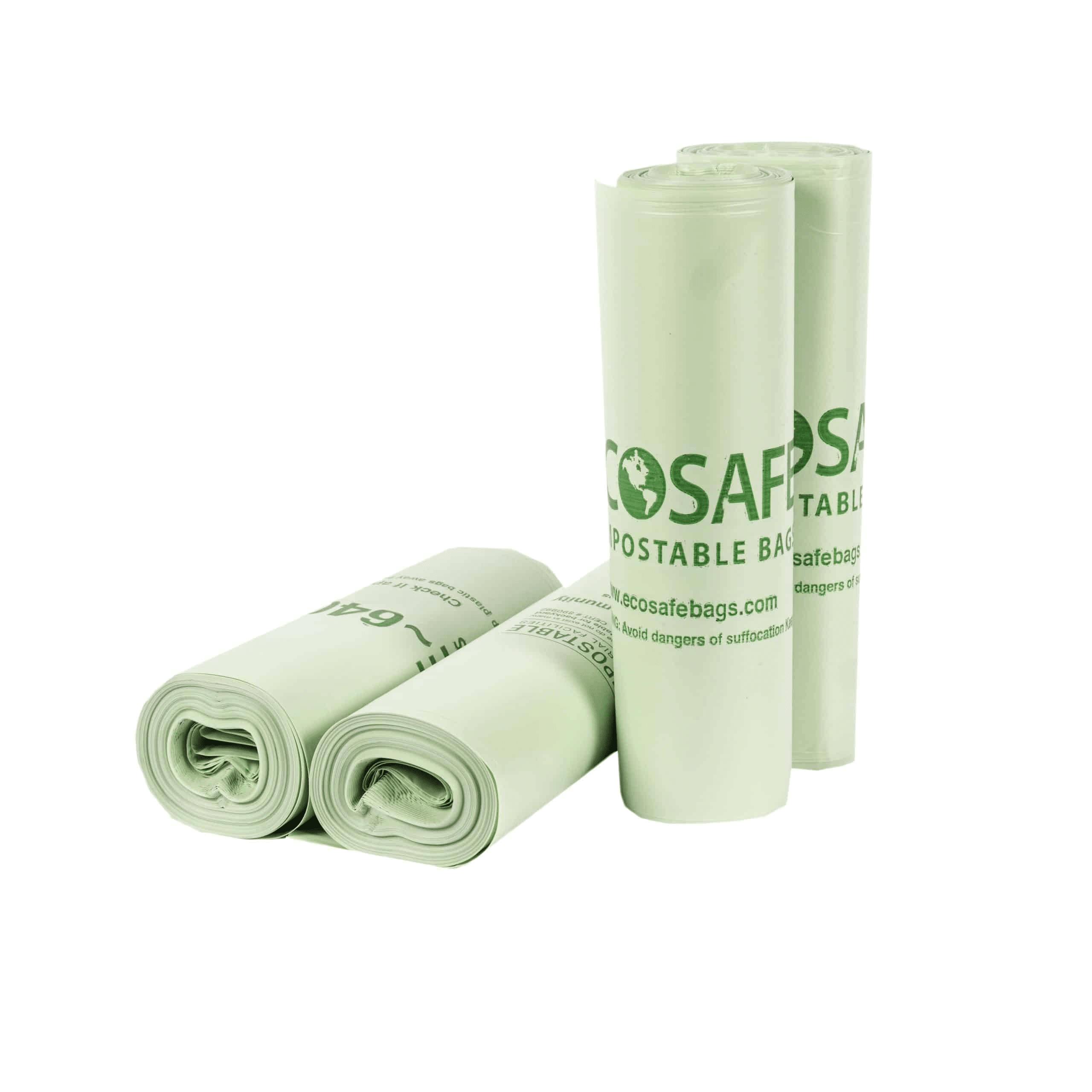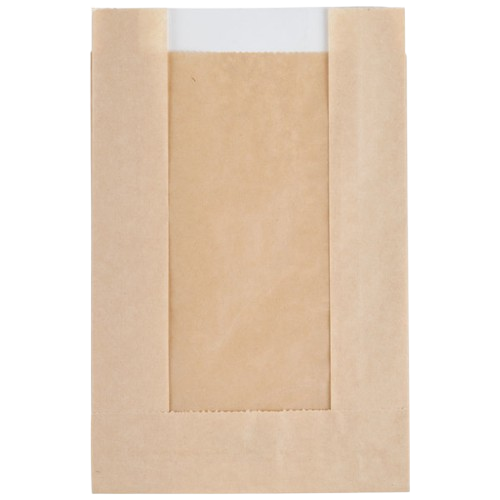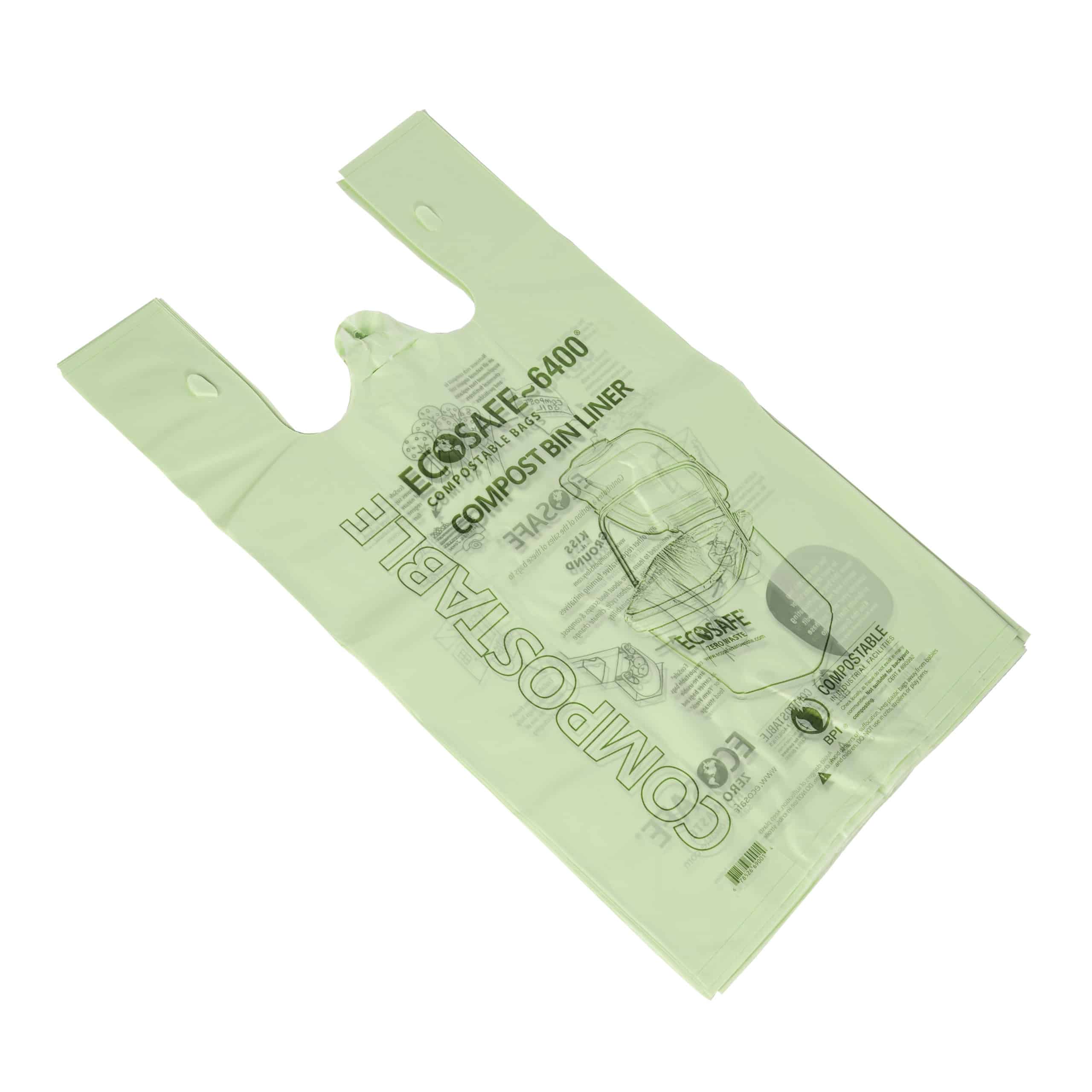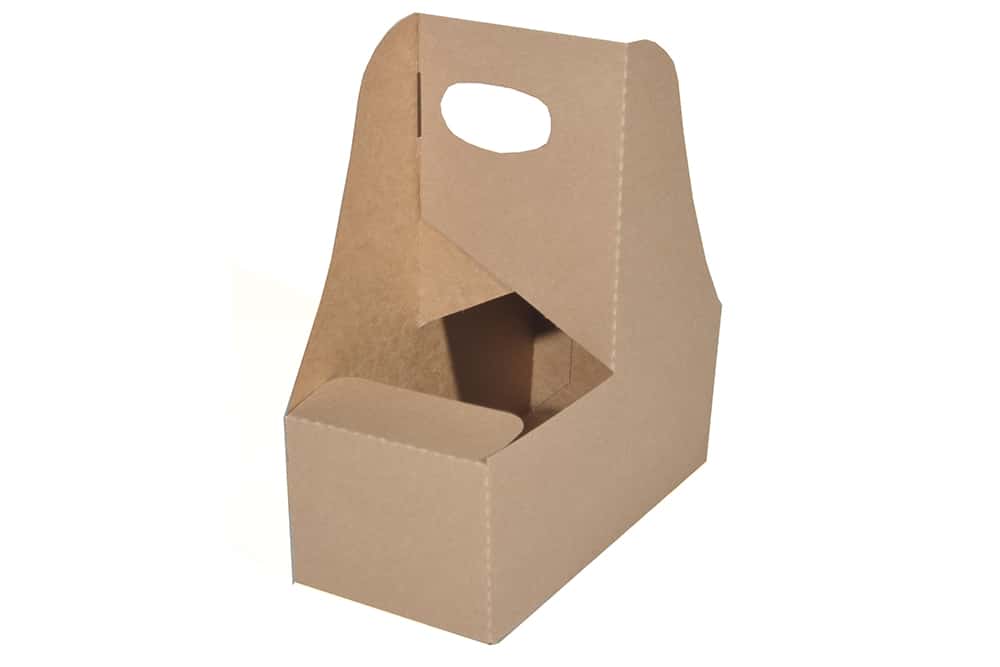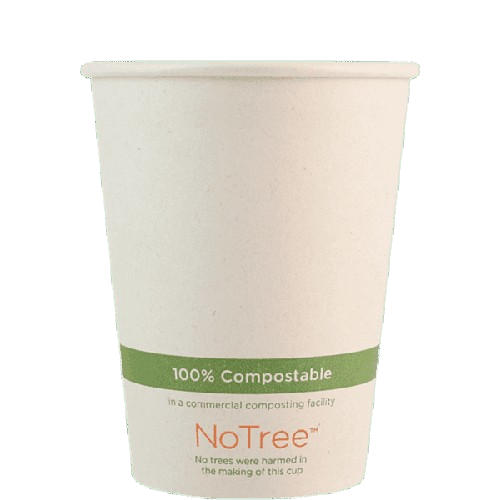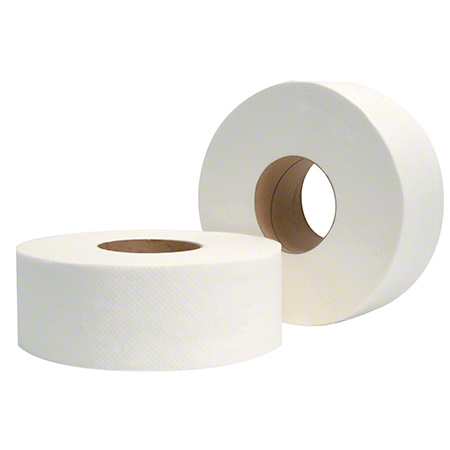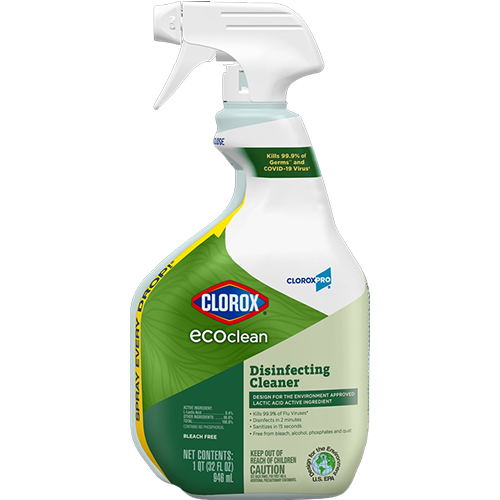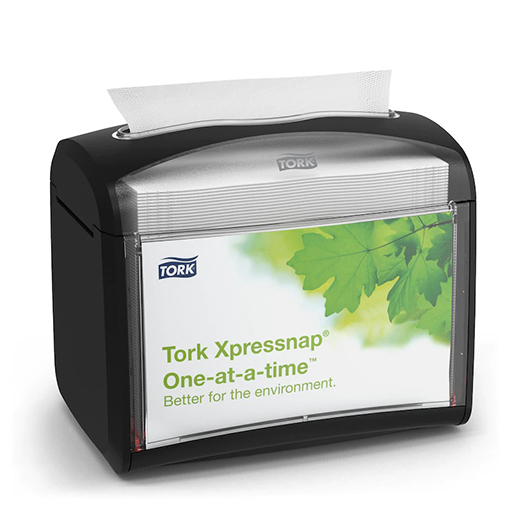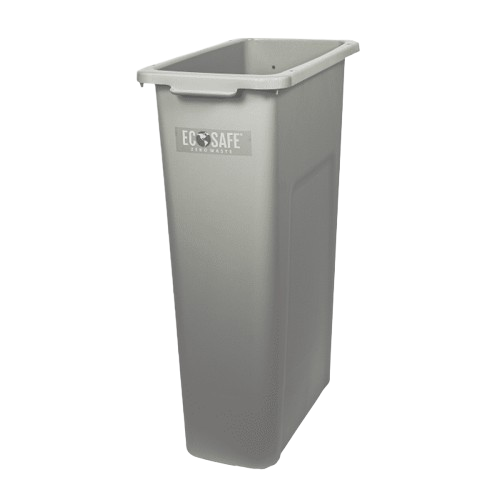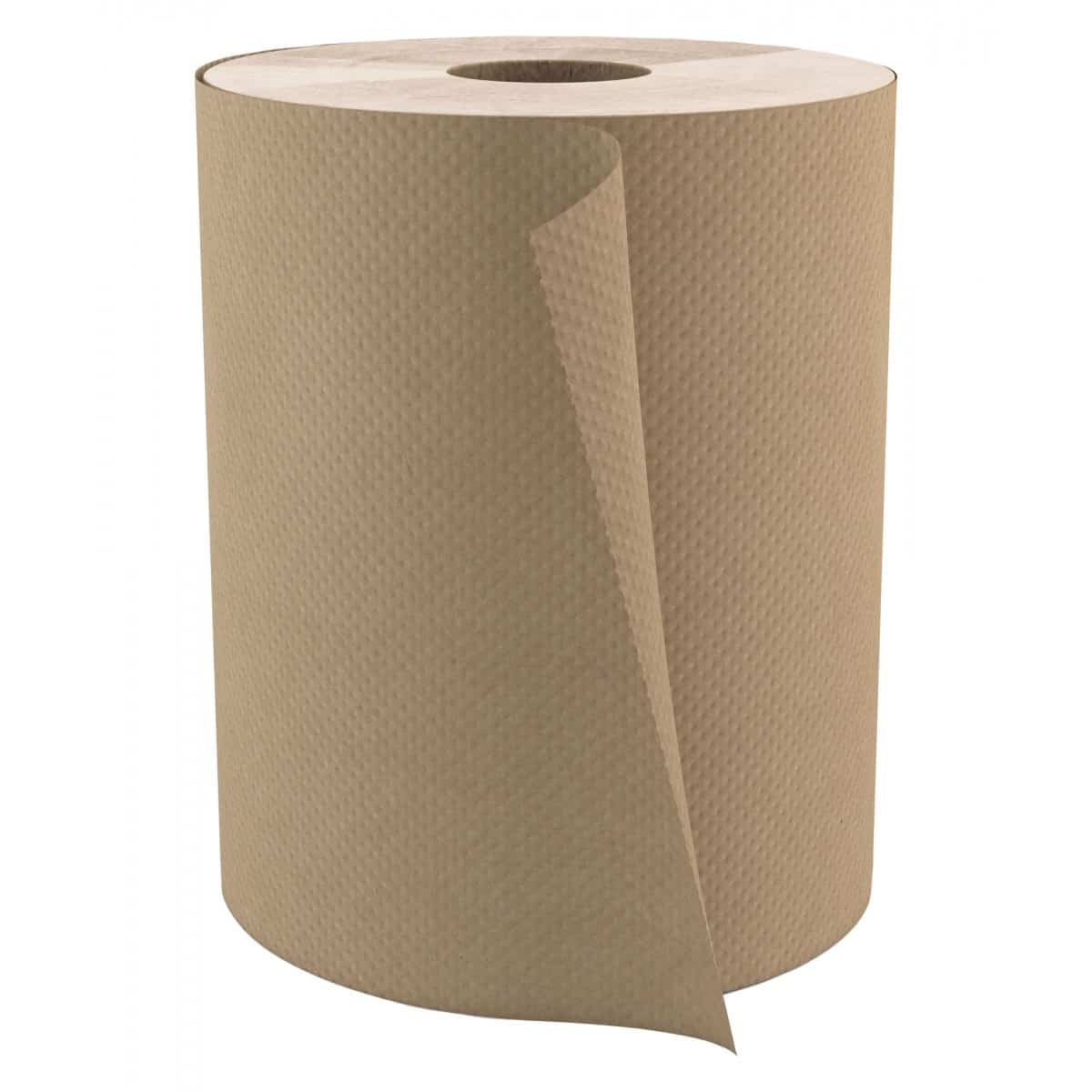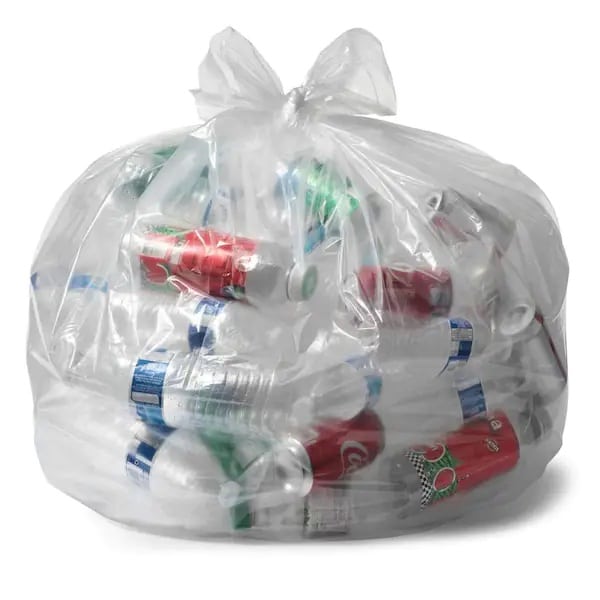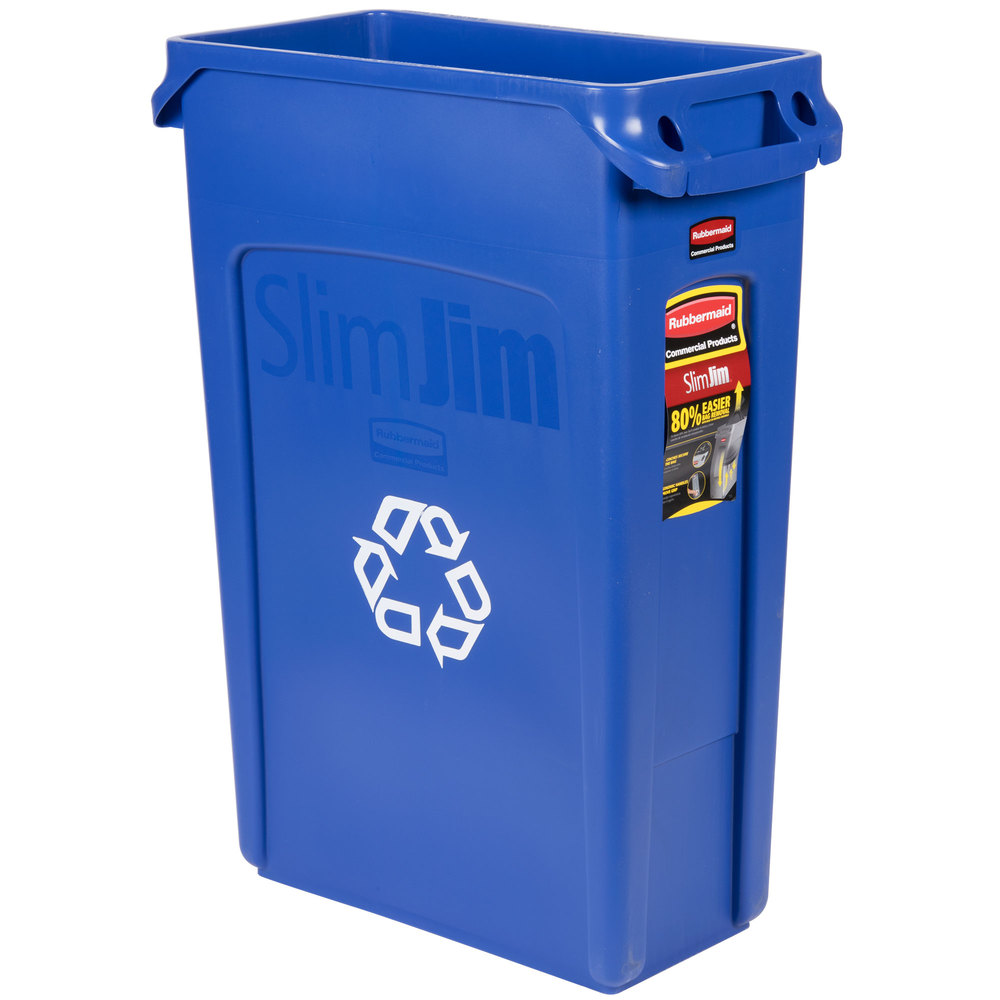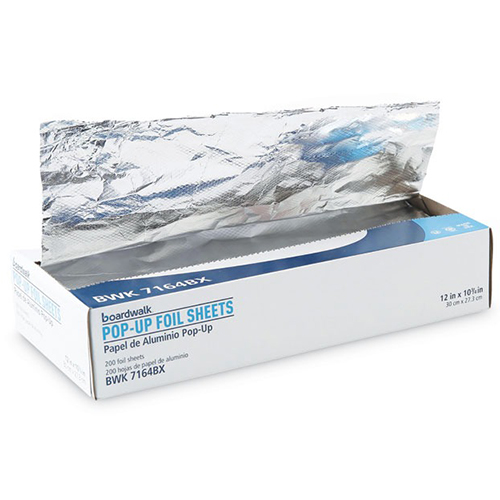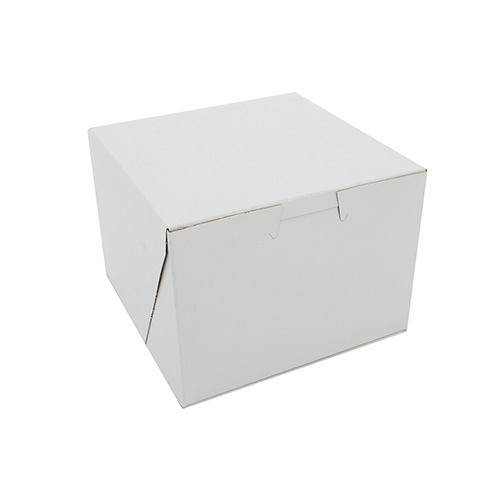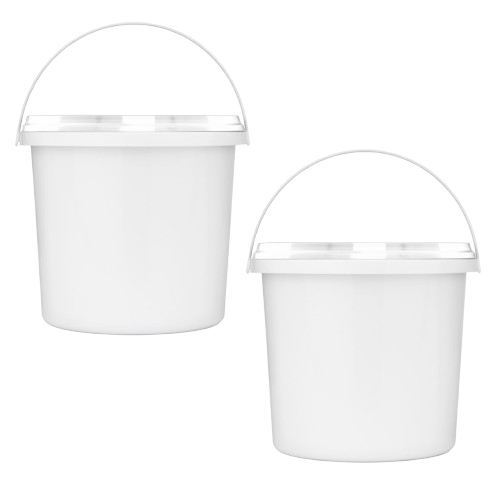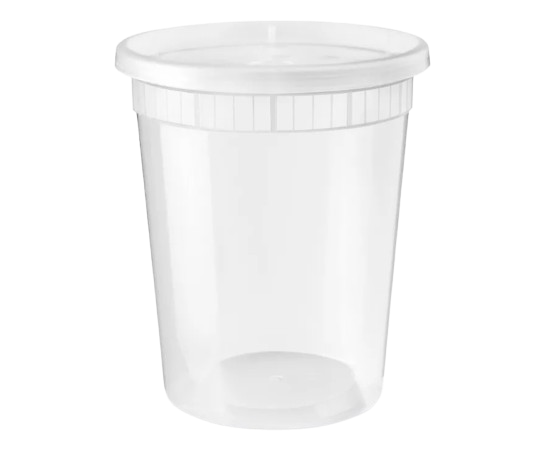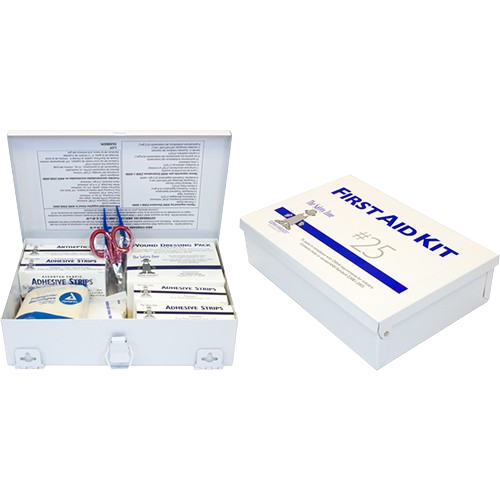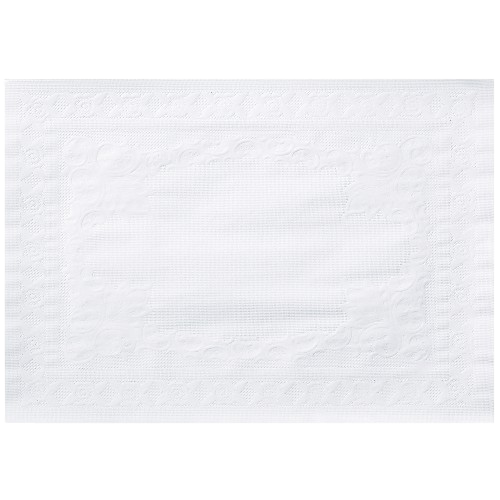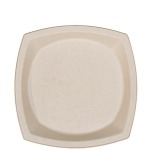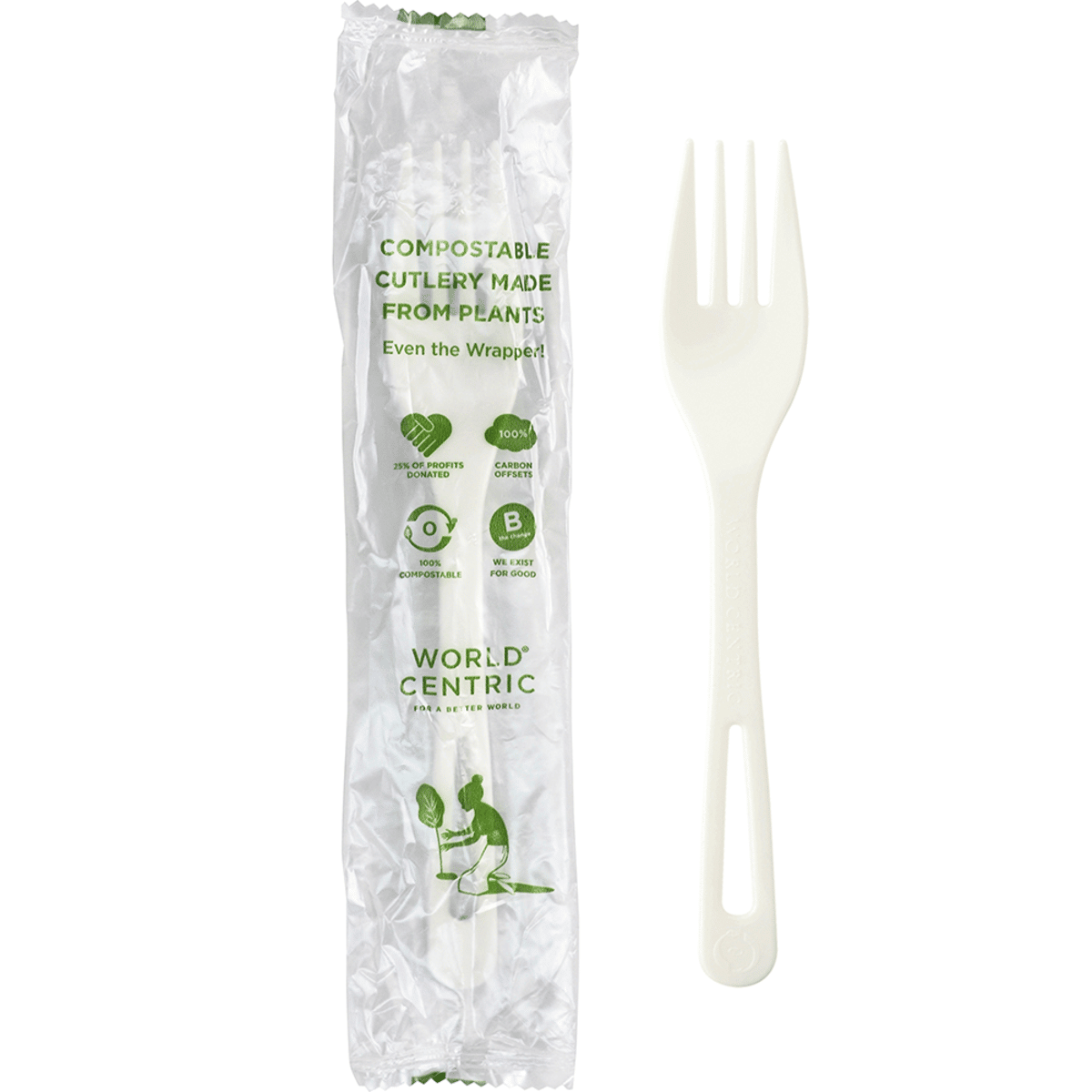
Practical Steps to Minimize Plastic Use in Your Food Business
Microplastics in Our Food: How Prevalent Are They, and What Are Safer Alternatives?
Microplastics—tiny plastic particles less than 5 millimeters in size—are infiltrating our food supply, raising significant health and environmental concerns. These particles, often invisible to the naked eye, have been found in seafood, salt, fruits, vegetables, and even drinking water. For restaurants, food service providers, and businesses that rely on packaging, understanding the dangers of microplastics and choosing safer material options is not just an ethical decision but a business-smart move. This blog explores the prevalence of microplastics, the tradeoffs of alternative materials, and how advancements in material science can lead us to safer, more sustainable solutions.
How Do Microplastics Enter Our Food Supply?
Microplastics find their way into the food chain through multiple channels. Oceans are often polluted with plastics that break down into microplastics, which marine life then consumes. When we eat seafood, these particles are passed on to us. Agricultural soil contaminated with plastic from fertilizers, irrigation systems, or broken-down litter also contributes to plants absorbing microplastics. Even bottled and tap water have been shown to contain microplastics due to contaminants from packaging and filtration systems.
Studies estimate that the average person consumes thousands of microplastic particles annually. While research is ongoing, early findings suggest these particles may cause inflammation, disrupt endocrine systems, and potentially contribute to long-term health risks. For food service businesses, the use of sustainable, non-plastic materials could play a vital role in reducing microplastics in the food supply chain.
The Need for Safer Packaging Materials
Plastic packaging remains a major contributor to microplastic pollution. For businesses, this raises the need to explore wholesale biodegradable packaging and other safer material options. While transitioning from plastic to alternatives may seem challenging, it is a necessary and forward-thinking step in reducing environmental impact and improving public health.
Weighing the Tradeoffs of Sustainable Materials
Switching to safer, eco-friendly materials comes with tradeoffs that businesses must carefully consider:
- Cost: Sustainable materials like bamboo, glass, or compostable plastics may have higher upfront costs compared to traditional plastics, but they can lead to long-term savings by reducing waste disposal fees and appealing to eco-conscious customers.
- Durability: While materials like glass or metal are reusable and durable, they may not be practical for lightweight, single-use applications. Compostable materials like PLA (polylactic acid) provide a middle ground but may require specific conditions to decompose fully.
- Functionality: Biodegradable materials may lack the same flexibility or barrier properties as traditional plastics, which could limit their use in certain food packaging scenarios.
By understanding these tradeoffs and aligning them with business priorities, food service providers can make informed decisions that benefit their operations and the planet.
What Dictates the Quality of Alternative Materials?
Not all sustainable materials are created equal. The quality of a material depends on several factors, including:
- Durability: Materials like bamboo and sugarcane are strong yet lightweight, making them ideal for food containers and utensils.
- Environmental Impact: Sustainable materials should have a lower carbon footprint, either by being made from renewable resources or by being compostable or biodegradable.
- Certifications: Look for certifications like ASTM D6400 or EN 13432 to ensure the material meets global compostability standards.
For example, PLA straws are a popular choice for businesses looking to replace traditional plastic straws. Made from renewable resources, they mimic the properties of plastic without the harmful environmental effects.
Compostability: A Key to Reducing Waste
Compostable materials are an excellent solution for reducing plastic waste, but they require proper disposal methods to achieve their full potential. For example, many compostable items, such as PLA containers, need the high heat of industrial composting facilities to break down. Without access to these facilities, compostable materials may end up in landfills, where they decompose much more slowly.
Businesses can take steps to educate customers about composting and partner with local composting facilities to ensure proper disposal. Offering eco-friendly food containers wholesale that are certified compostable is a great way to reduce waste while meeting customer demand for sustainable options.
How Material Science Is Shaping the Future
Advancements in material science are paving the way for innovative, sustainable packaging solutions. Researchers are exploring new materials like algae-based plastics, mycelium (mushroom roots), and even packaging made from agricultural waste. These materials are designed not only to reduce plastic pollution but also to offer the durability and functionality businesses need.
Dr. Emily Carter, a materials scientist, notes, “The future of sustainable packaging lies in creating materials that are high-performing, cost-effective, and easily degradable. Innovations like biodegradable composites and bio-based polymers will revolutionize the way we think about packaging.”
SupplyClub is committed to staying at the forefront of these advancements by offering cutting-edge eco-friendly packaging solutions for restaurants and food service providers.
Practical Steps for Businesses to Reduce Plastic Use
Reducing plastic use doesn’t have to be overwhelming. Here are actionable steps your business can take today:
- Partner with Sustainable Suppliers: Work with a trusted food packaging supplier that offers eco-friendly and compostable options.
- Educate Your Team and Customers: Share information about proper recycling and composting practices to ensure your efforts don’t go to waste.
- Audit Your Packaging Needs: Identify single-use plastics in your operations and replace them with sustainable alternatives like biodegradable containers.
- Try Bulk Solutions: Save costs and reduce environmental impact by purchasing wholesale biodegradable packaging.
Final Thoughts: A Sustainable Future
The prevalence of microplastics in our food supply is an urgent issue that demands immediate action. By choosing safer, more sustainable materials and embracing the innovations of material science, businesses can significantly reduce their environmental footprint while meeting the expectations of an eco-conscious market.
At SupplyClub, we’re here to help you make the transition to sustainable packaging. Explore our range of eco-friendly solutions or sign up for membership to access exclusive discounts and resources. Together, we can create a healthier, more sustainable future for everyone.



